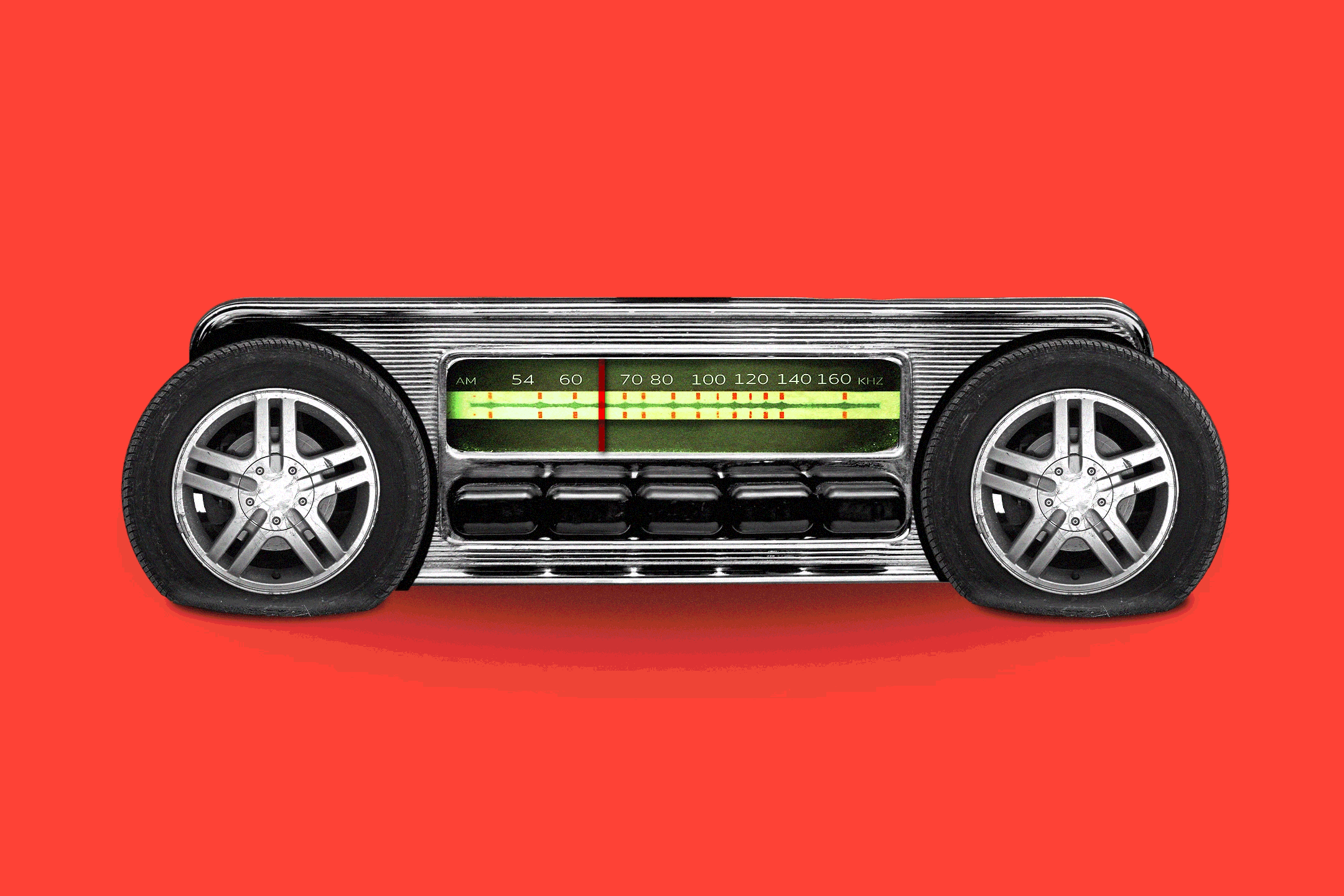Just Around the Corner: 100 CD-Quality Radio Channels Piped to You via Satellite Car Smart
- Share via
How would you like to drive from L.A. to New York and listen to your favorite radio programs all the way across the country--without ever touching that dial? It won’t be long before you’ll be able to do just that.
The prospect of scores of nationally available radio channels--the same revolution that was cable television--is about to come to your car’s stereo. Both General Motors Corp. and Ford Motor Co. have partnered with operators of new space-based satellite radio systems that will bring as many as 100 channels of CD-quality audio to your car or truck starting sometime in the 2001 model year.
Initially, both systems will be commercial-free and subscription-based at about $10 a month. That fee will also allow subscribers to access the programming through specially built home receivers.
GM has contracted for high-quality audio with XM Satellite Radio Inc., while Ford has partnered with CD Radio Inc. In the last year, the car giants--No. 1 and 2, respectively, in global sales--have joined with separate groups of investors that have promised $500 million toward the projects after receiving the go-ahead from the Federal Communications Commission. And that’s just for the hardware for the satellites, receiver development and so forth.
Companies such as Alpine, Pioneer, Sharp and Delphi Delco Electronics Systems are already designing and building the receivers for what promises to be the biggest change in car audio since the widespread introduction of the FM band in the early 1960s. The high-tech receivers will be ordered with your new vehicle direct from the factory, or you’ll be able to buy aftermarket versions to fit your current car or truck.
The task of creating programming to serve all these channels is going to be enormous. Already, XM has signed more than a dozen programming deals, with such respected names as USA Today, CNN/Sports Illustrated, C-Span, the Weather Channel and Bloomberg News.
Despite the involvement of such well-known content providers, some industry watchers wonder how much high-quality news, music and other programming can realistically be developed for radio when television certainly has had more than enough trouble developing watchable shows for the existing channels.
*
Beyond such questions, perhaps the biggest challenge facing the satellite ventures is persuading consumers to spend $10 a month for the kind of programming they now receive--albeit on a decidedly more modest scale--essentially for free.
“Local radio cannot be replaced when it comes to local news and traffic reports,” says Dan Gorrell, auto industry analyst and vice president at Strategic Vision in San Diego. And regarding music, he notes: “Many people are already recording their own CDs at home so they can hear exactly what they want then they are in their cars.”
Gorrell believes that drivers may be getting overloaded with electronic options.
“Any company wedding themselves to a particular technology at a particular point in time is taking a big risk,” he says. “Look at in-car navigation systems. At the prices the car companies are charging, there is very little interest in them so far.”
“Many people already have a cell phone, so they think they don’t need something like OnStar,” he says, referring to GM’s on-board navigation and communications system. “As for satellite radio systems for cars, it could be the same thing.”
For their part, the satellite radio companies dismiss such doubts, encouraged no doubt by the sheer size of the potential market--the 175 million cars and trucks in the U.S. that are equipped with radios and CD players--and market research showing that satellite radio could have more than 33 million subscribers by 2004. As they see it, $10 a month is less than the cost of a new CD, and for that, you get 100 channels of programming, much of it outside the country music, news-and-sports and oldies formats that dominate existing commercial radio.
*
If the specter of satellite radio is not enough to frighten established local radio stations, another competitor, Command Audio, is also going to be available sometime in 2000.
Backed by the original radio broadcast giant, RCA, and employing small, hand-held receivers, Command Audio will rent available “sideband” space on existing local radio signals and allow subscribers to program exactly what shows they want to hear.
The unit will record that show (at the same time each day if the subscriber wishes) for later playback on whatever audio system the user chooses, whether at home or in the car. With about eight hours of programmable space available in the hand unit, Command Audio is akin to a VCR Plus for your radio.
Will these upcoming systems spell the end of local radio? It may depend on the quality of the programming. Scores of cable television choices are available to nearly everyone. Yet in terms of reach, none can match the mass audience still delivered by viewers’ traditional choices, the major broadcast networks.
Local radio programmers are hoping that, as has happened so far with cable TV, the quality of the technology will far outpace the quality of the shows themselves.
Steve Parker is the auto expert on KCBS-TV Channel 2 News on Tuesday and Thursday mornings and host of “The Car Nut,” a call-in program from 7 to 9 a.m. Sunday on KXTA-AM (1150). He can be reached at steveparker2@home.com.






